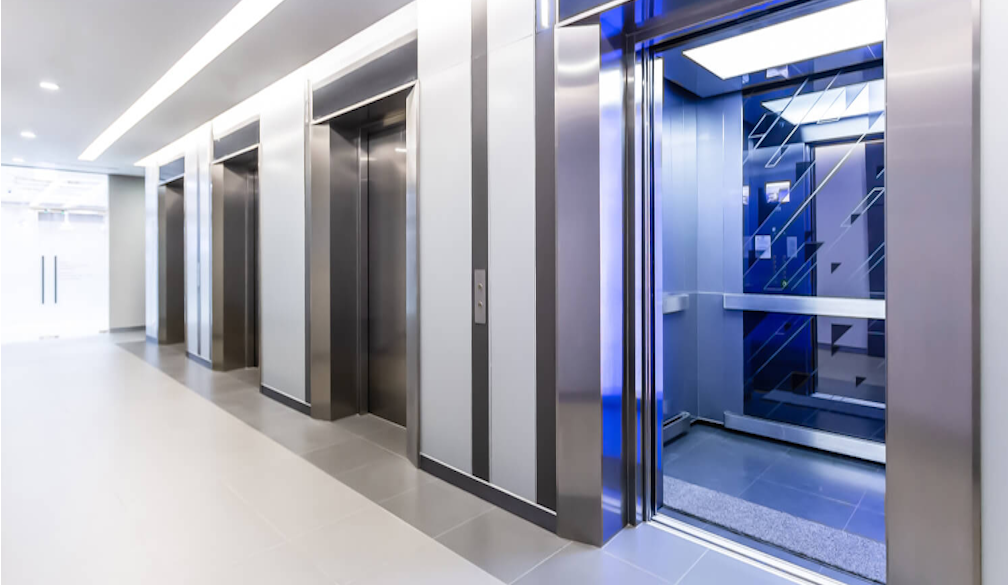Top 10 Everyday Tips for Staying Safe in Elevators

Elevators have become an essential part of modern living, providing quick and convenient access across multiple floors in residential buildings, offices, and shopping centres. While they are designed with safety in mind, it’s important to remember that accidents can still occur if proper precautions are not taken. Whether you’re a frequent user or only step into an elevator occasionally, following some simple guidelines can help you stay safe. Building owners and managers also have an important role to play in ensuring passenger protection through regular maintenance and elevator safety upgrades.
Below are 10 everyday tips that anyone can follow to make elevator use safer and more reliable.
1. Wait Patiently and Don’t Rush In
When waiting for an elevator, always stand back from the doors until they open fully. Rushing in before people have exited can create unnecessary accidents. Allow others to leave before you step inside, and never attempt to force the doors open.
2. Watch Your Step
Gaps between the floor and the elevator car can cause trips or falls. Always check your footing before stepping in or out, particularly if you’re carrying bags or if the lighting is low.
3. Hold the Handrail
If the elevator is fitted with handrails, make use of them. Sudden stops or movements can take passengers by surprise, and holding the rail helps prevent slips or falls.
4. Don’t Overcrowd the Elevator
Every lift has a maximum weight capacity for a reason. Overcrowding can trigger mechanical issues and compromise safety. If an elevator is already full, wait for the next one rather than squeezing in.
5. Stand Clear of the Doors
Keep bags, clothing, and hands away from the doors when they are closing. Blocking or leaning on elevator doors can damage the mechanism and lead to safety hazards.
6. Stay Calm in the Event of a Breakdown
If an elevator stops unexpectedly, resist the urge to panic. Do not attempt to pry the doors open or climb out. Instead, use the emergency communication button to alert building staff or emergency services, and wait for professional assistance.
7. Supervise Children and Pets
Children should never ride elevators alone. Ensure they are supervised at all times, and if you are travelling with pets, keep them close to avoid leashes or tails getting caught in the doors.
8. Be Mindful of Large Items
When transporting large objects, such as furniture or equipment, check that the elevator can accommodate them without blocking the doors or controls. In some cases, using a designated service lift is the safer choice.
9. Use the Emergency Button Responsibly
The emergency button is there to provide assistance during real emergencies, such as breakdowns or medical incidents. Avoid using it as a shortcut or prank, as misuse delays help for those who truly need it.
10. Trust Routine Maintenance
Regular inspections and servicing are crucial to ensuring elevator reliability. For building managers, scheduling routine checks and investing in modern elevator safety upgrades is one of the most effective ways to minimise risks for all users.
Elevators are among the safest modes of vertical transport, but that doesn’t mean we should take them for granted
By following these everyday safety tips, passengers can protect themselves and others from harm. At the same time, building owners and managers must ensure their lifts are well-maintained and equipped with the latest safety technology. When both users and operators do their part, elevators remain a safe, efficient, and reliable convenience for everyone.

